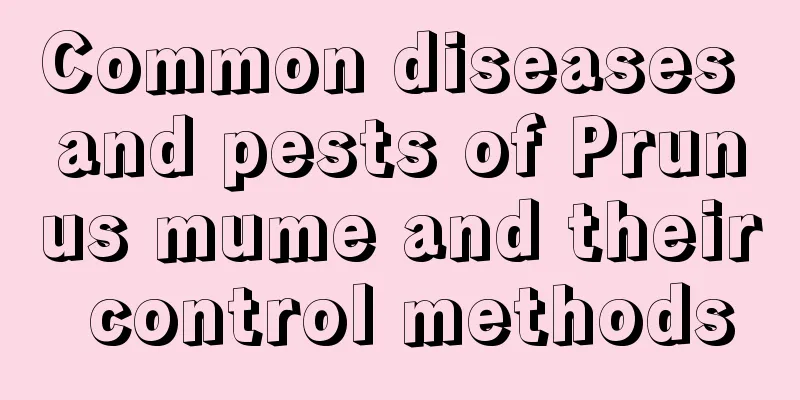Diseases and their control of Lilium

Penicillium spp.symptomDuring storage, white spots will develop on the rotting scales, and later, velvety green-blue patches will develop. The infected Lilium will further decay when kept at a low temperature of -2°C. Eventually the pathogen will invade the base of the bulb and will also slow down the growth of the plant. Although the bulb may look unhealthy, the growth of the plant will not be affected as long as the base is intact. After planting, the infection is neither transferred to the stem nor infects the plant from the soil. Prevention and treatment methodsDo not plant bulbs whose base is damaged. Store the bulbs at the recommended minimum temperature. Diseased bulbs must be soaked in a 1/1000 fungicide aqueous solution for 30 minutes before planting. After planting, maintain a suitable soil temperature. Phytophthora liliumsymptomPlant foot rot will hinder the growth of the Lilium, and in severe cases will cause the Lilium to wilt. Soft rot develops at the infected area at the base of the stem, turning dark green to dark brown and spreading upward, and the leaves turn yellow and lose color at the base of the stem. Infections similar to soft rot also often occur on the above-ground stems, causing the stems to bend or wilting. Prevention and treatment methodsDisinfect the soil with soil disinfectants; using fungicides that inhibit rot fungi during cultivation is also effective; ensure that the soil has good drainage conditions; prevent crops from remaining in a wet state after watering: keep the soil temperature as low as possible in summer. Lilium buds fall and shrinksymptomWhen the flower buds grow to 1~2 cm, they will fall off. The buds turn light green in color, the pedicels attached to the stem shorten, and the buds fall off. In spring, the lower buds are affected first, while in autumn, the higher buds fall off first. Prevention and treatment methodsDo not plant varieties that are prone to bud drop in areas with insufficient light. The bulbs must not dry out during cultivation to prevent the buds from shrinking. Make sure the bulbs have a good root system and provide the best possible environment, paying special attention to light and transpiration. |
<<: Prevention and control methods of Ficus microcarpa
>>: What to do if the leaves of potted Nepenthes turn black
Recommend
Pest and disease control of silver thorn
1. Fusarium wilt The easiest and most serious dis...
How to plant lotus
1. Seed processing Before planting water lilies, ...
Is the crabapple flower poisonous?
Begonia flowers are slightly poisonous Some varie...
How to propagate Coreopsis
Reproduction method In fact, Coreopsis has a stro...
Is it suitable for a large or small pot to plant the lucky charm?
Should I use a large or small basin for the lucky...
Can dahlias be grown in the yard?
Can I grow dahlias in my yard? Dahlias can be pla...
How to propagate the flower
1. Sexuality 1. Planting seeds When sowing, you s...
Do figs like the sun or the shade? Do they like the sun or the shade?
Do figs prefer shade or sun? Figs taste sweet, ha...
Is hydrangea suitable for a large or small pot?
Should I use a large or small pot for hydrangea? ...
How to propagate plum blossoms
Seed propagation Direct sowing from the core. It ...
Top 10 Most Shade-Tolerant Outdoor Plants
1. Ferns Ferns are relatively shade-tolerant outd...
What to do if Milan flowers are watered too much
Overwatering of Milan flowers If Milan is watered...
Diseases and Pests of Cycas and Their Control
Diseases and Pests of Cycas and Their Control Spo...
How to care for gardenia
1. Temperature method During the maintenance of g...
Acacia cultivation methods and precautions
1. Maintenance methods 1. Water: Acacia needs mor...









